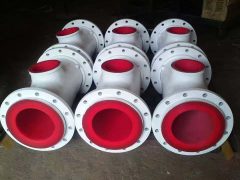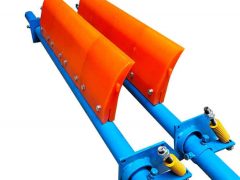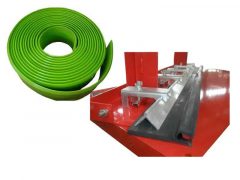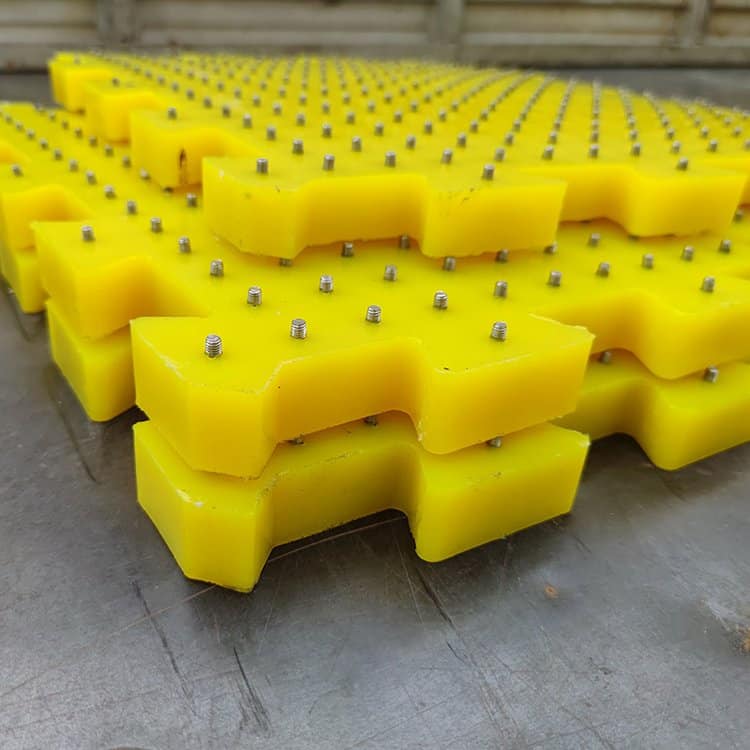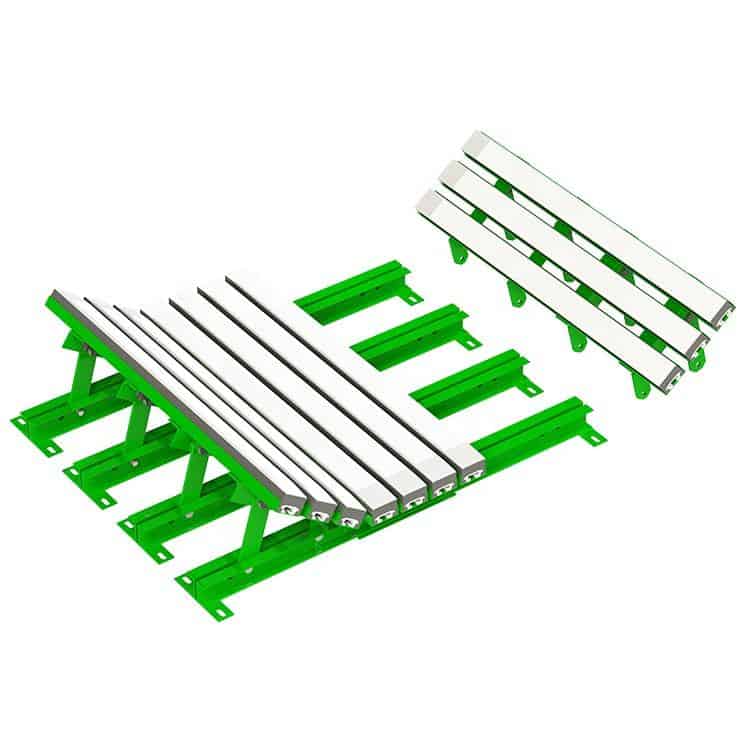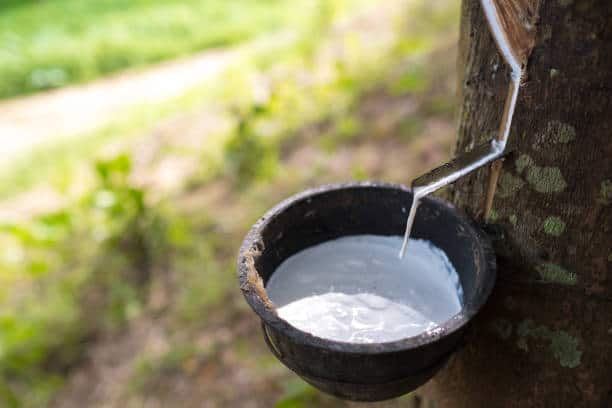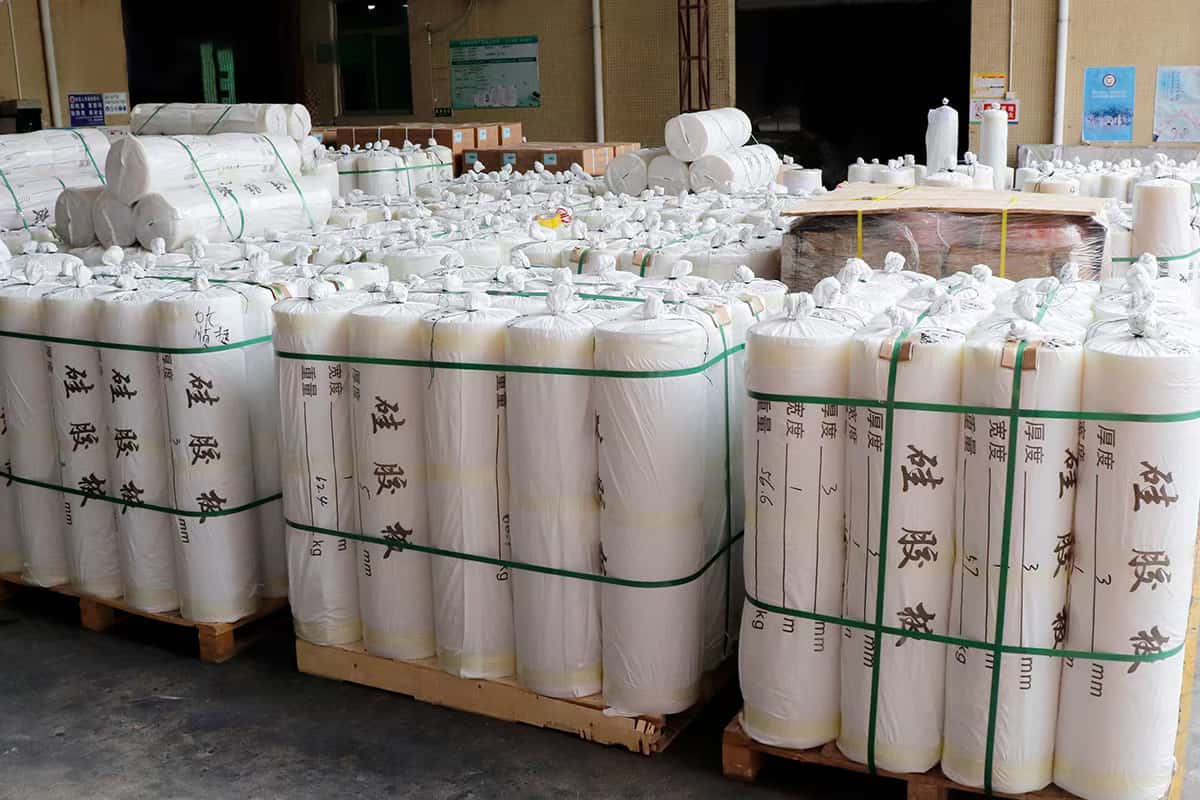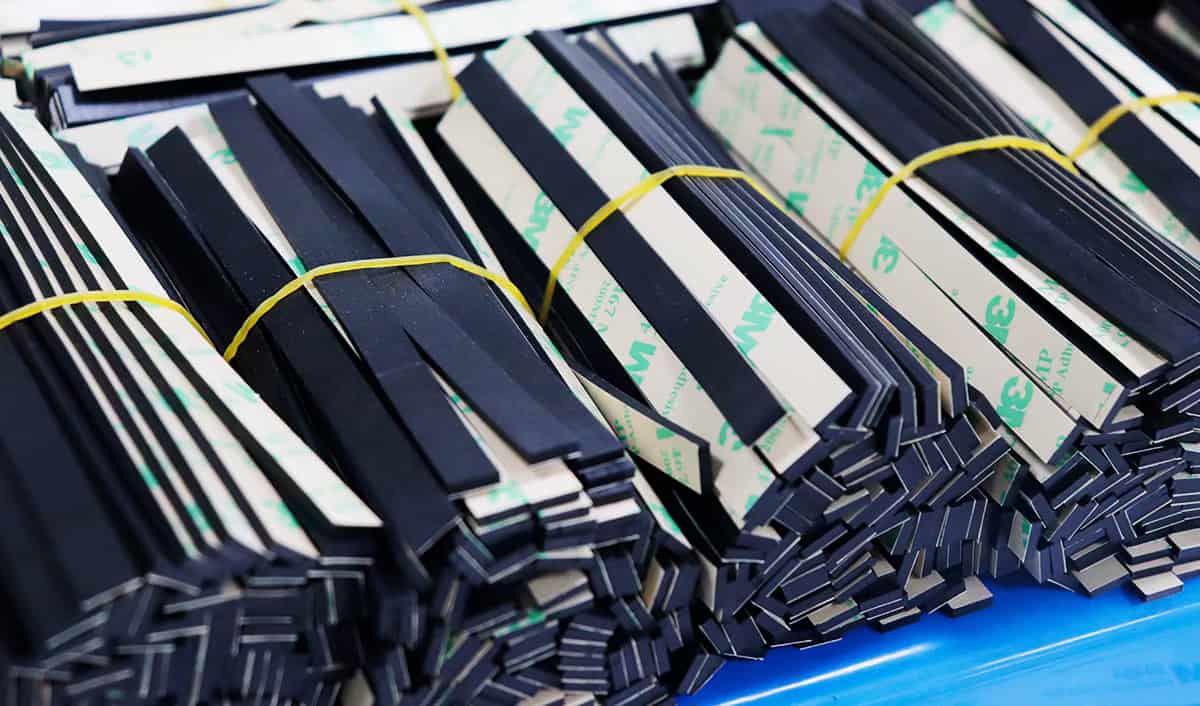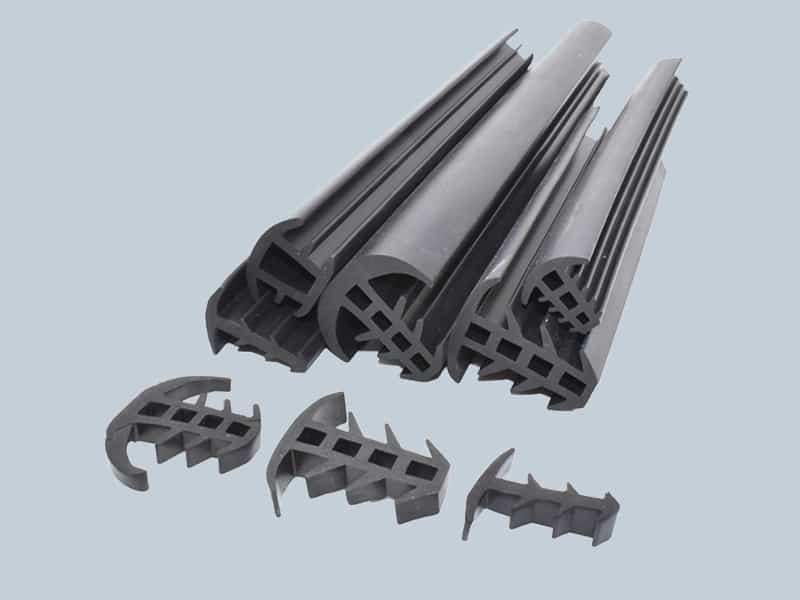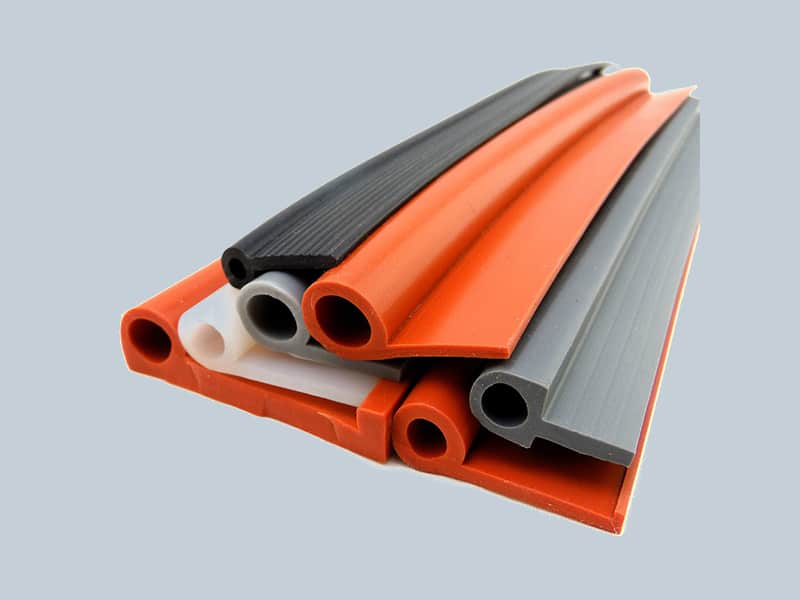Oil Rig Hazards
On an oil rig, there are several hazards that workers must be aware of. The most common are slips and falls due to the wet, slippery surfaces of the rig. Workers must also take caution when handling heavy machinery or hazardous materials, as these can lead to serious injuries. Another hazard is fire or explosion on the rig caused by combustible materials and flammable gases such as hydrogen sulfide found in some oil wells. Additionally, noise pollution from machines and other equipment can damage hearing if not properly mitigated with ear protection. Lastly, workers may be exposed to toxic chemicals used during drilling which can cause long-term health consequences such as respiratory illnesses if inhaled over time.
History of Oil Rigs
Oil rigs are hazardous environments, due to the volatile nature of oil and gas and the presence of heavy machinery. The most common risks include fires caused by methane gas leaks, explosions from combustible materials, falls from heights due to faulty scaffolding or slippery platforms, and entrapment in machinery. Other hazards come from irregular working hours, extreme weather conditions, and contact with poisonous chemicals found in some areas of an oil rig. In addition to these safety issues on the rigs themselves, there are also potential dangers posed by offshore drilling operations such as spills or even a blowout. Oil spills can cause environmental damage that is incredibly costly to clean up while a blowout can be fatal depending on its magnitude. Consequently, it is important for oil companies to have stringent safety protocols in place when operating their rigs.
Types of Hazards
Physical Hazards: Physical hazards present on an oil rig include the risk of slipping, tripping, crushing and entanglements. These can come from poorly maintained equipment, cluttered walkways or inadequate training of workers on how to safely use the equipment. Additionally, harsh environmental conditions such as extreme temperatures and high winds can also pose physical risks.
Chemical Hazards: Chemical hazards on an oil rig may include exposure to dangerous chemicals used in drilling operations such as petroleum products, lubricants and other hazardous materials. Workers may be exposed to these through contact with their skin or inhalation of fumes. It is important that employees are provided with appropriate protective gear and trained in safe handling practices when dealing with these substances.
Biological Hazards: Biological hazards also exist on an oil rig and include infectious diseases caused by bacteria or viruses that can be contracted by personnel due to close contact with others, poor hygiene practices or exposure to contaminated water sources. It is essential that all personnel are adequately trained in proper sanitation procedures and given access to necessary safety equipment such as face masks and gloves if required.
Working Conditions Hazard
Working conditions hazards on an oil rig are numerous and can be quite serious. The most common hazards include slips, trips and falls, hearing damage due to loud noises, respiratory problems due to inhalation of hazardous chemicals and fumes, fatigue from long shifts and insufficient rest periods, contact with infectious diseases due to close proximity with other workers, burns from hot surfaces or equipment malfunctions, musculoskeletal injuries due to manual labor or repetitive motions, and exposure to extreme temperatures.
Other potential risks include working at heights or in dark confined spaces such as tanks or shafts. Fire is also a real risk for oil rigs as the elevated temperature of the machinery combined with flammable materials can easily spark an inferno. There is also a risk of explosions from combustible gases that may be present in certain areas of the rig. Finally there is a risk of severe injury resulting from heavy machinery such as cranes or forklifts used on the Oil Rig decks. All these dangers require strict safety protocols and procedures that must be followed at all times by Oil Rig personnel in order to reduce the chance of workplace accidents occurring.
Fire and Explosion Risk
Fire and explosion risk is one of the most serious hazards in oil rigs. In addition to their devastating power, these events have the potential to cause significant damage to equipment, infrastructure, and personnel. Fire and explosions can occur due to various reasons including sparks from machinery or welding operations, electrical malfunctions, static electricity build-up on flammable materials, inadequate ventilation in enclosed spaces or storage areas, or human error. It is critical for organizations operating oil rigs to take proactive steps that reduce the risk of fire and explosion. This includes conducting regular inspections of all equipment for signs of wear and tear, ensuring proper maintenance of all machinery used on site as well as appropriate safety protocols in place for workers. Additionally, there should be adequate ventilation systems installed throughout the site that are regularly monitored for blockages which could lead to a buildup of harmful gases or vapors that may ignite if not corrected quickly enough. Adequate training provided to employees in order to ensure they understand best practices related to minimizing fire and explosion risks should also be part of workplace safety plans.
Health and Environmental Impact
Oil rigs can be hazardous work environments because of the potential for a variety of accidents. These include explosions, fires, and other chemical releases due to equipment malfunctions or human error. Additionally, oil rig workers are at risk of developing occupational illnesses such as respiratory issues due to the presence of airborne toxins in the air and chemical exposure caused by contact with certain substances. Other hazards on oil rigs may include slips and falls due to slippery surfaces caused by spilled fluids, as well as electric shock from faulty wiring.
The environmental impact of oil rigs is also significant. Oil spills pose serious threats to marine life and surrounding habitats, while air pollution from burning off gas flares can negatively impact local air quality and contribute to global climate change. The presence of oil rigs also has an aesthetic impact on the surrounding environment due to their large scale size and visual impacts on nearby shorelines or coastal areas. Finally, noise pollution from machinery can disturb wildlife in its vicinity.
Conclusion: Understanding Oil Rig Hazards
The key hazards associated with oil rigs are mechanical, environmental, and health-related. Mechanical hazards include physical accidents from falling objects or slips and trips on the rig due to uneven surfaces or wet conditions. Environmental hazards may include hazardous weather events, such as storms and extreme temperatures, which can cause equipment failure or workers to be exposed to dangerous conditions. Finally, health-related hazards include long hours of work with exposure to high levels of noise, vibration, and dust; work in confined spaces; handling of hazardous materials; and inadequate safety measures.
It is important for oil rig workers to understand these potential dangers so they can take necessary precautions while working on an oil rig. This includes proper maintenance of equipment and following safety protocols set by the company in order to ensure that everyone remains safe while working on an oil rig. Employers should provide adequate training for employees so they know how to identify risks associated with their job duties and what actions should be taken if any issues arise. Finally, employers should also create a culture of safety where all employees feel comfortable reporting any concerns about workplace safety without fear of repercussions or penalties for doing so.




